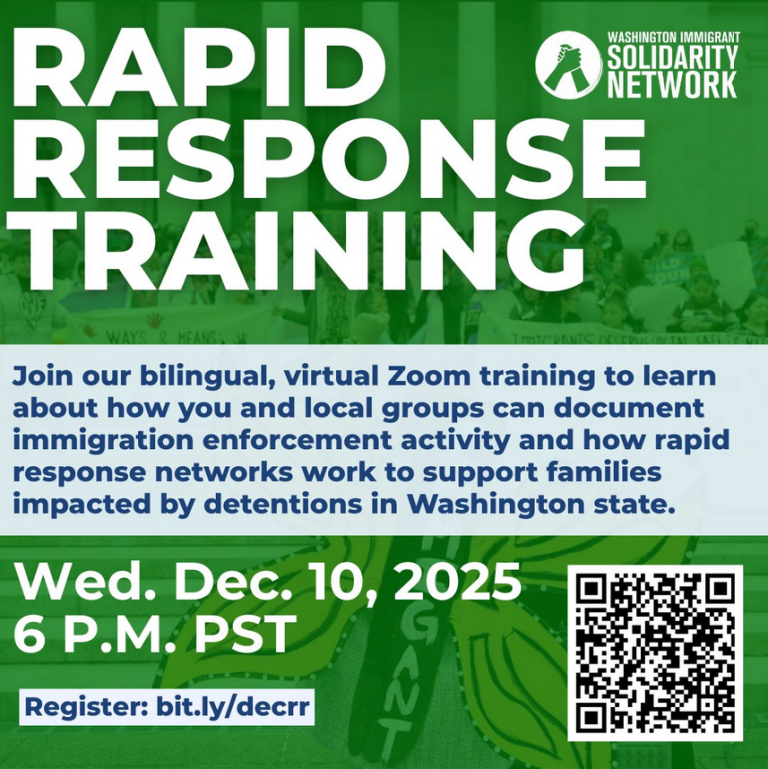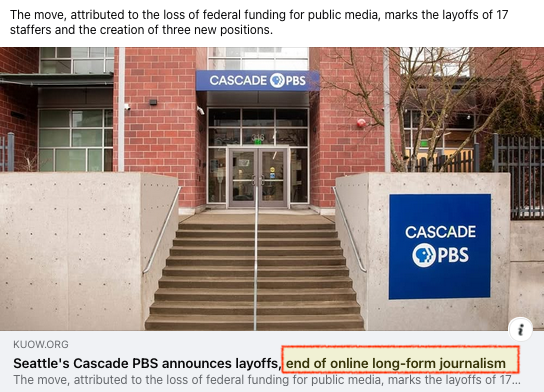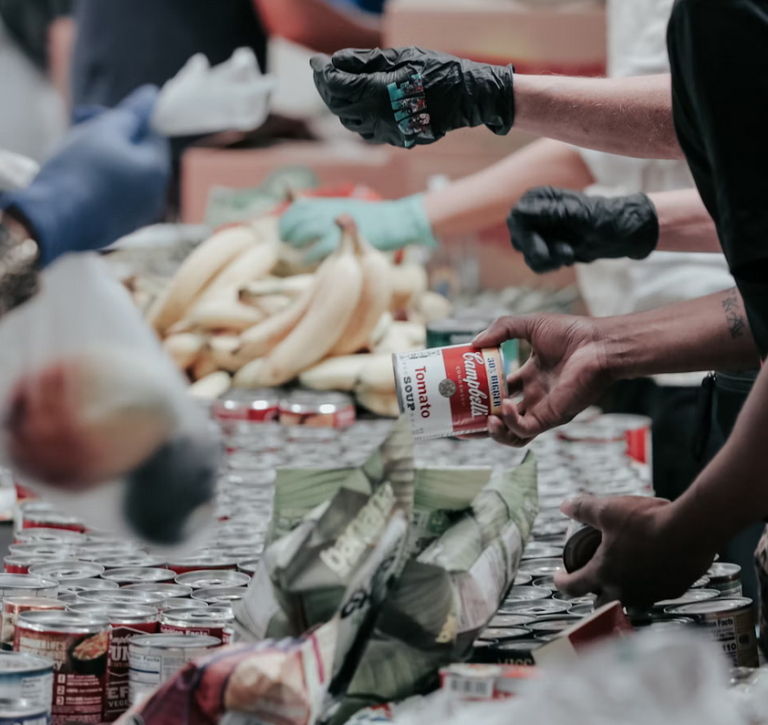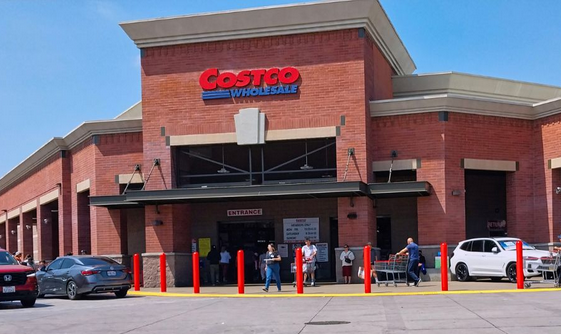Prepare your household for emergencies
Weather is getting more extreme, and FEMA appears to be entirely disabled. Being self-sufficient for at least a short time has always been a good idea, but now it’s essential. Pick one task to do today.
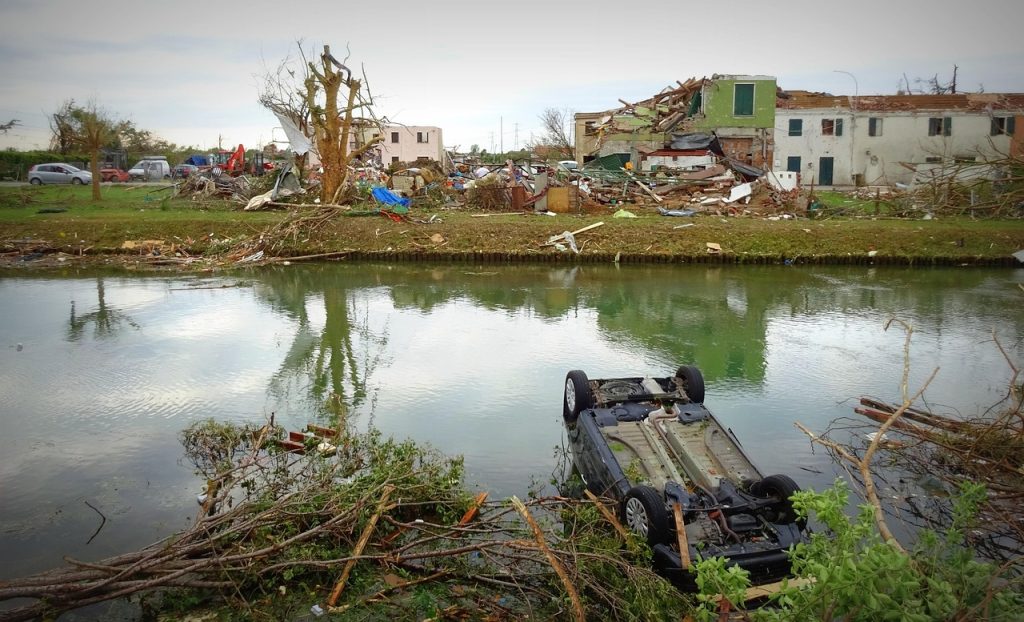
How to do it:
Even when FEMA was functional and relatively well-funded, having household and workplace emergency preparedness plans and supplies laid by was a wise choice. You can increase family and community safety and peace of mind by working on a plan and slowly building a stockpile of supplies in a way that makes sense for your schedule and storage space.
People design lifestyles around this — we recommend moderation. Start with the basics:
- 1 gallon of clean water per person, per day
- food you can eat without preparation (remember a can opener!)
- battery or solar powered flashlight
- First aid kit and one of those small camping first-aid guides (what if your kid needs to treat you?)
- A rendezvous point everyone can walk to, and a plan for anyone who can’t
- A paper copy of family numbers, and at least one person outside your area, designated as “contact point” for anyone separated.
There are numerous personal preparation guides you can use to go from there:
- American Red Cross quick guide: Emergency Preparedness Checklist (download or print)
- Ready.gov emergency kit list.
- American red Cross list of guides for next steps.
If you find you enjoy this kind of planning, check with your fire department to see if they have classes in neighborhood resilience, first aid, or other advanced community-preparation steps you can take.
Being prepared isn’t just good for personal safety, but also equity and democracy. The more self-sufficient you can be in an emergency, the more public services and resources can go to those who weren’t able to afford such preparations. Also, the more self-sufficient a population is, the less pressure there will be on state officials to cave to unconstitutional demands at the federal level in order to get their people relief.

